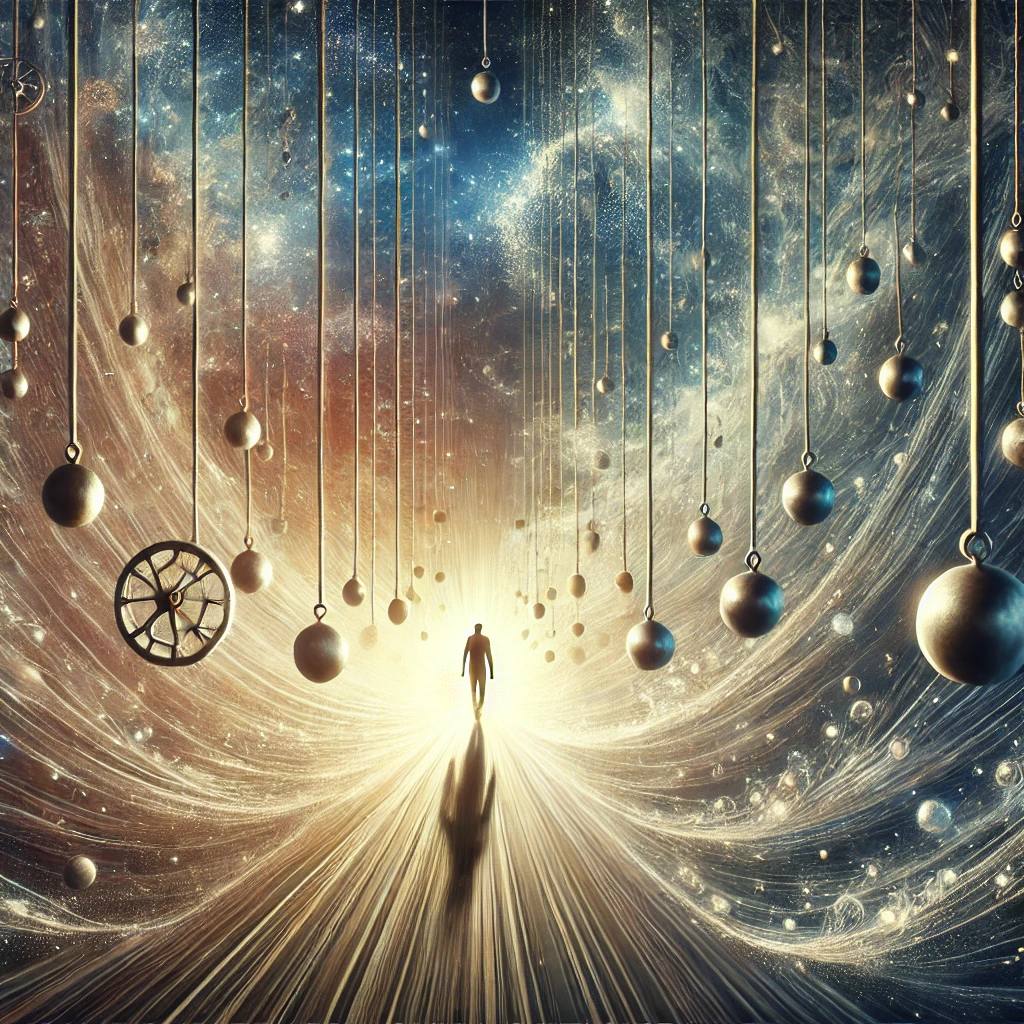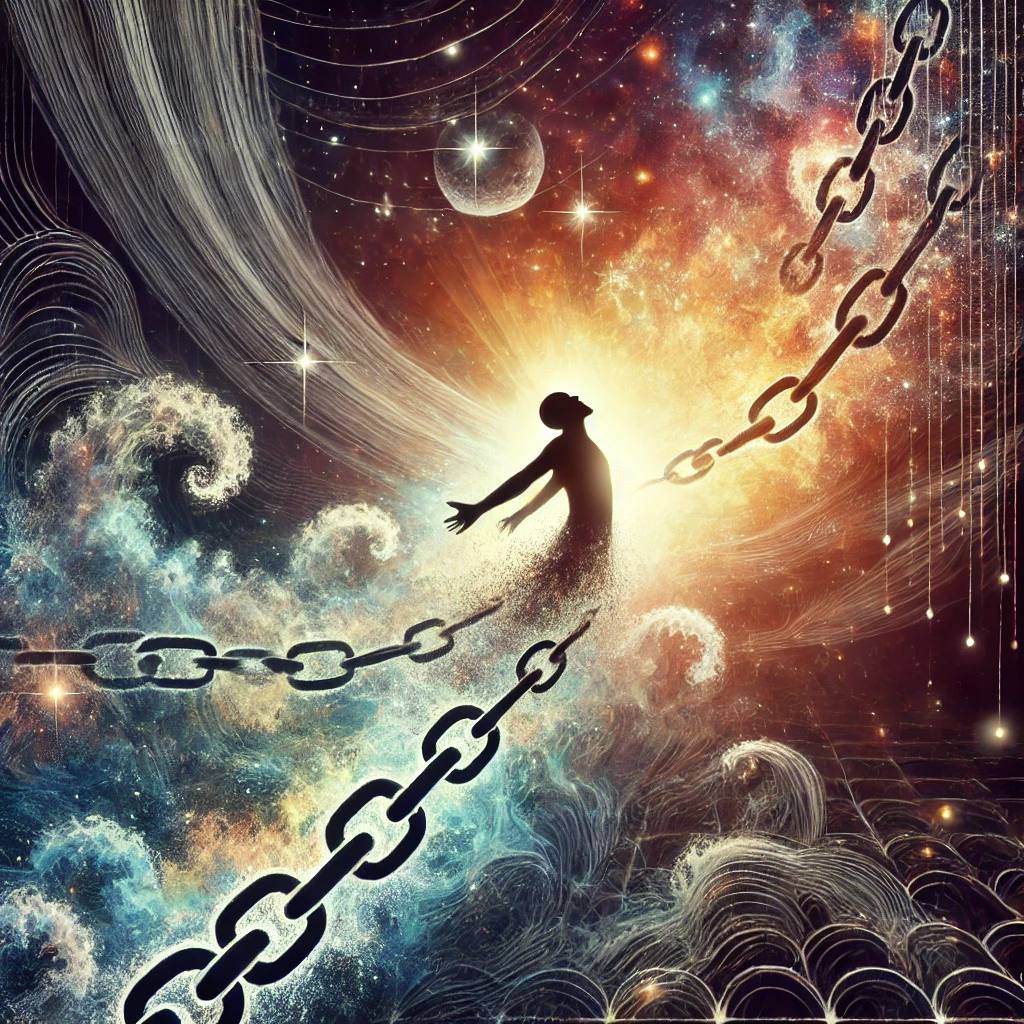Freedom begins with the awareness of one’s limitations
When we speak of freedom, we often imagine the absence of boundaries, rules or obligations. But true freedom begins not with the rejection of something external, but with the awareness of what limits us from within.
From the moment of birth we are like a sponge — absorbing everything around us: food, information, other people’s emotions and beliefs. We constantly “digest” this flow, transform it, comprehend it, filter it through the prism of personal experience. This is how our perception is formed — and following it, our decisions, actions and results. This chain is the foundation of how the external world becomes part of us, and we — a reflection of what we let into ourselves.
The environment in which we live forms the context of thinking: it sets boundaries, puts labels, creates a system of coordinates. Over time we begin to see the world not directly, but through these filters. And then any movement we make is no longer a choice, but a reaction shaped by experience.
But what if the context in which we live has long become outdated? What if it has nothing to do with our true nature?
And maybe freedom begins precisely at the moment when we become aware of our limitations?

We become truly free when we stop blindly following collective settings — those very “pendulums” that draw us into other people’s scenarios. (Pendulums are images, ideas and patterns that seem correct, but in essence deprive us of individuality. They feed on our attention, guide us along a predetermined trajectory.)
But as soon as we step aside, we begin to hear ourselves — our inner voice, not the noise of the surrounding world.
Only then does silence arise. Only then do we see reality as it is.
But to free oneself from external influence is only half of the journey. The second half is the willingness to face one’s own inner triggers.
We often feel irritation or rejection toward other people. At that moment, one of two strategies turns on:
1. Avoid. The simplest reaction is to distance oneself, cut off, “remove from life.” It is familiar, safe and… ineffective.
2. Move toward. To ask yourself: why did this affect me? What exactly causes such a strong reaction? And what does this situation want to teach me?
When we dare to ask ourselves such questions, we suddenly discover: this person is not the source of pain, but a mirror. He reflects what we are not ready to accept in ourselves: fears, weaknesses, suppressed desires or hidden possibilities.
And it is precisely this awareness that gives us a point of growth.

We begin to see triggers not as a threat, but as a path.
People who seemed unpleasant suddenly become a source of insight. They help uncover inner conflicts — the very discrepancy between our desires and imposed patterns.
With each such encounter, the horizon of perception expands. We learn to accept differences, to see more shades, and to become deeper, softer, wiser.
True liberation does not happen through rejection or struggle.
It comes when we stop running from discomfort and begin to use it as a tool.
We learn to live not on autopilot, but from a state of awareness. We see where old patterns are leading us — and choose to move differently.
Each of us is given the strength to go beyond the boundaries, to step out from under the influence of pendulums and begin to create our own reality. Not according to someone else’s script, but in response to the call of the inner world.
Listen to yourself. Ask the very question you’ve been putting off for a long time.
Take a closer look at what causes irritation or resistance. Don’t turn away — try to examine it. What hides behind this feeling? What do you want? What are you afraid of? Where is this moment calling you?
Open up. Let each of your actions be not a reaction, but a choice. Let it come from silence, not from noise.
And let each step become a step toward your true self — free, attentive, alive.